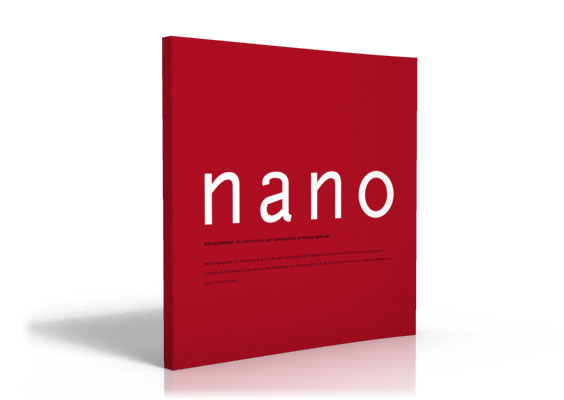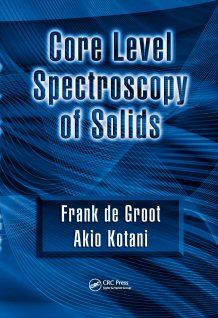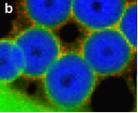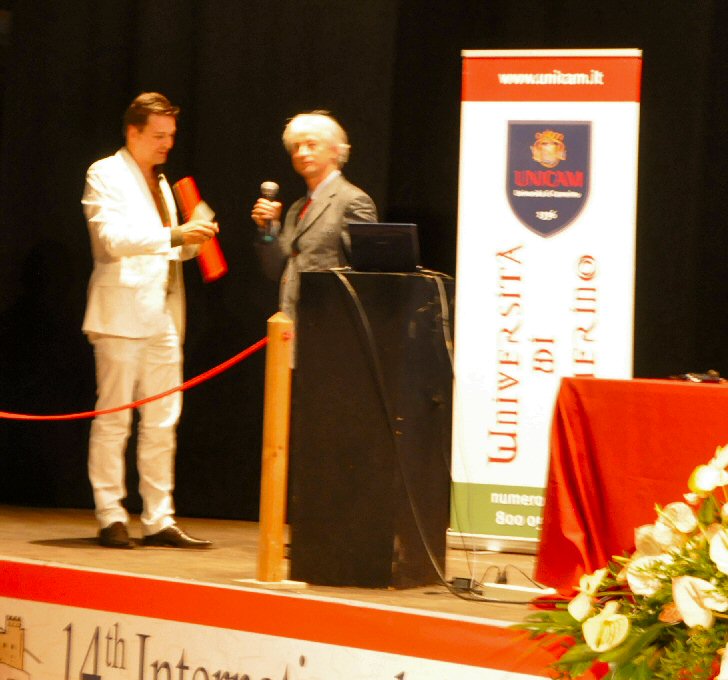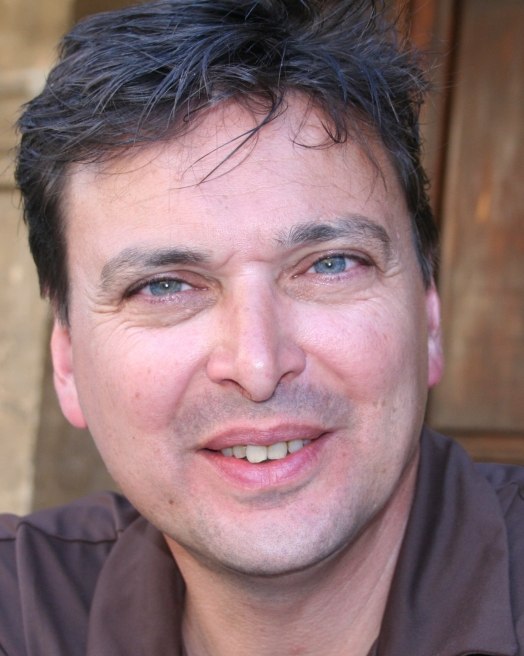
|
Frank de Groot is professor of X-ray Spectroscopy in the Department of Chemistry at Utrecht University. His work reflects a concern with the theoretical and the experimental aspects of X-ray spectroscopy, including both fundamental studies and applications. His current interest is in the use of X-ray spectroscopies for the study of the electronic and magnetic structure of condensed matter and heterogeneous catalysts under working conditions. (extended CV)
Google Scholar: list of publications PhD theses open access PDF of the PhD theses. Research topic 1: Interpretation of X-ray Absorption Spectroscopy
X-ray absorption spectroscopy (XAS) is an important tool to determine the electronic structure of molecules and materials. The power of x-ray absorption experiments is that they can be performed under a wide range of working conditions with high spatial and temporal resolution. The theoretical understanding of XAS spectra of transition metal systems is divided into (a) first principle methods to simulate the 1s core excitations and (b) cluster based semi-empirical charge transfer multiplet calculations to simulate the 2p core excitations. For an overview see Core Level Spectroscopy of Solids. CTM4XAS is a user-friendly interface that can be used to simulate core level spectra (XAS, EELS, XPS, RIXS, Auger) of transition metal and rare earth systems. Micron 41, 687 (2010)) Research topic 2: Resonant Inelastic X-ray Scattering (RIXS) RIXS is a spectroscopic technique that makes use of a monochromator for both the x-rays that excite the system as well as for the emitted x-rays. As a photon-in photon-out experiment, RIXS can also be adapted to various working conditions with a similar large array of possibilities as XAS experiments. Angew. Chem. 52, 1170 (2013) Research topic 3: In-situ X-ray spectromicroscopy of working catalysts Transmission X-ray Microscopes can measure soft x-ray absorption spectra with 20 nm spatial resolution. With the use of a nanoreactor we have used STXM spectromicroscopy to image the chemistry of a working catalyst at 1 bar working conditions. more. The 2012 showed that one can now also measure hard x-ray absorption spectra with 20 nm spatial resolution, at 10 bar working conditions. Angew. Chem. 124, 12152 (2012); ChemPhysChem 11, 951 (2010); Nature 456, 222 (2008). |
